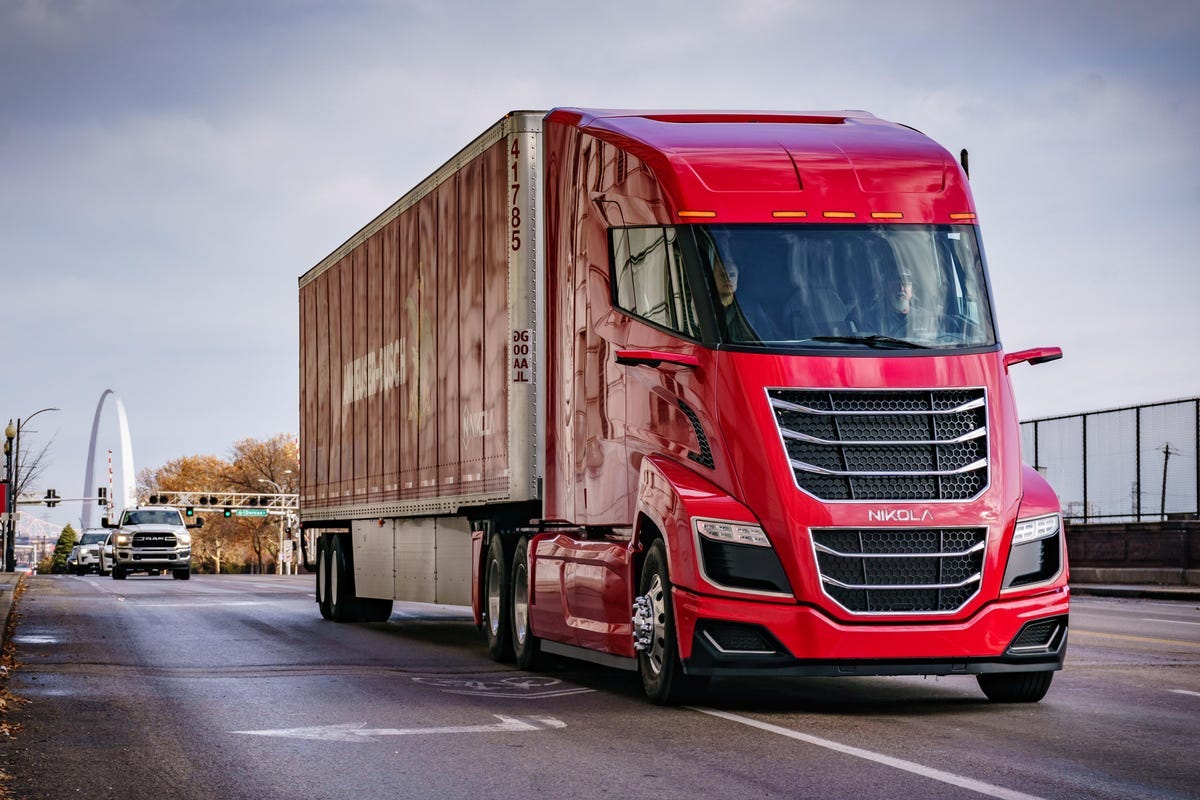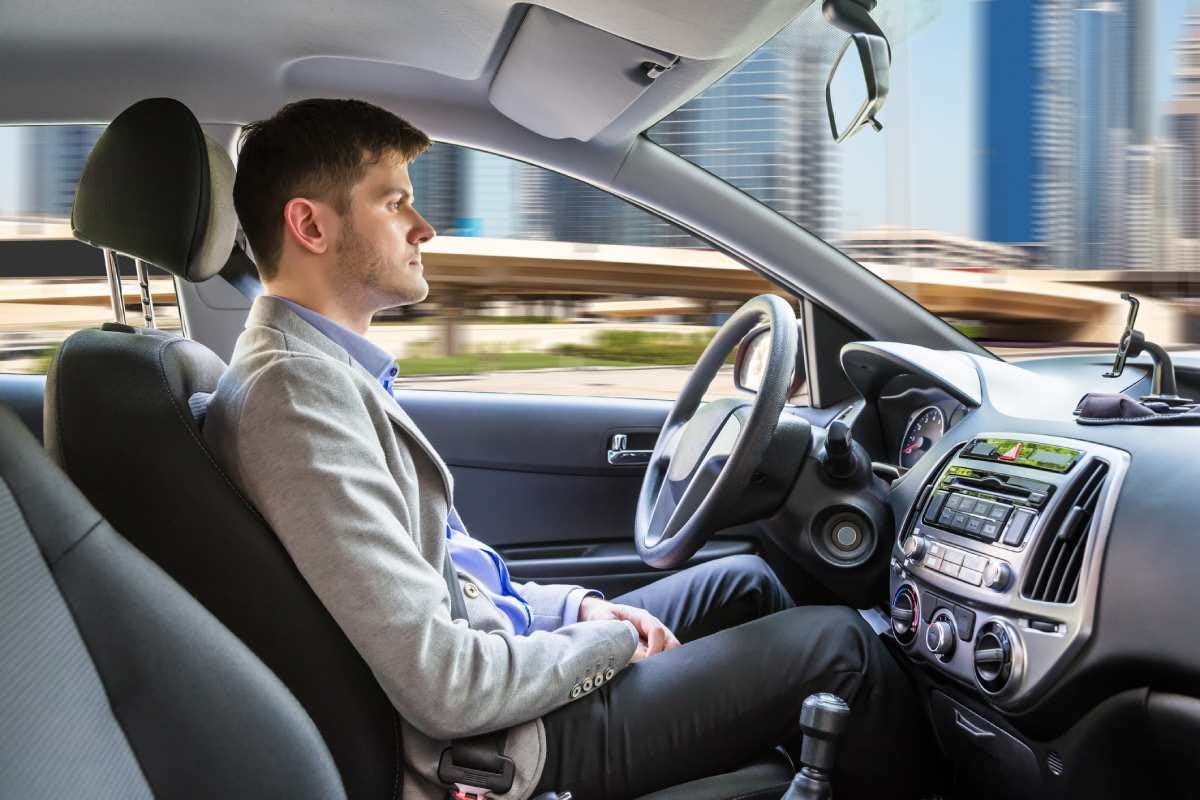The Long and Winding Road of Logistics Decarbonisation
This edition covers key challenges to decarbonising logistics and sheds light on some initial steps organisations can take to overcome these issues in the short and longer term
The Net Zero targets and aspirations make it feel as if we’re almost there with decarbonisation. We just need to reduce the emissions footprints a bit, but we already have the technologies so it really is just a matter of time before these targets are reached. Each additional trial, new initiative, renewable energy project, feasibility study or vehicle concept reinforces this perception. I’ve noticed this especially about logistics decarbonisation, there’s excitement, there are announcements of hundreds of thousands of new zero-emission vehicles, delivery van or trucks. But there is also uncertainty, and lots of it. Logistics decarbonisation isn’t as straightforward as it sounds and, understandably, some companies are taking a wait-and-see approach. And they certainly have good reasons to do so. While waiting for technologies to mature, what should companies do?
One useful thing to do is to reduce uncertainty about what decarbonisation entails. With colleagues from Foresion, we’ve investigated specifically decarbonisation issues and looked at ideas on how these can be addressed. The idea was to look at possible challenges companies may face as they start their emissions reduction journeys so that the process is somewhat less daunting. The result is the Logistics decarbonisation challenges report which you can read here.
A Three Step Recipe
There are some initial steps any company can make as they attempt to reduce emissions and, these initial steps don’t need to be buying an electric or hydrogen vehicle. Just because they’re called zero emission vehicles doesn’t mean they generate no emissions, just no tailpipe emissions.
An initial step is to track emissions. Sounds quite intuitive, however many companies that have announced plans for Net Zero by twenty something… don’t have a clear idea of their current emissions footprint. How can anyone reduce an unknown footprint? The exercise of mapping emissions – especially if it is done using primary data and looks beyond organisational boundaries – is likely to reveal by itself opportunities for emission reductions.
Another step should be to analyse existing logistics data to better understand it. There is a wealth of data generated by GPS or AIS trackers, electronic docketing and so on, which is almost without exception never analysed. These data can however help companies better understand their operations and, likely, will highlight inefficiency in logistics chains which, if addressed, will lead to emissions reductions.
Once the emissions starting point and the end goal are both set, organisations can start planning out the path between the start and finish points. This can involve identifying initiatives for efficiency and emissions reduction, ensuring that initiatives don’t have conflicting outcomes, aligning alternative fuel vehicles with logistics task, setting out trials and transition steps.
We may not be as close to Net Zero as some may lead you to believe, but if there’s one extremely useful aspect of emissions reductions it is that it provides the stimulus for companies to examine and better understand their logistics chains. Given the systemic fragmentation that characterizes most supply and logistics chains, better understanding may lead to some initial emissions reduction initiatives and impacts.
In Other News
Electric Vehicles May Not Float for Long
Recent fires on the X-Press Pearl and potentially the Maersk Honam containerships as well as the Felicity Ace car carrier have raised a series of concerns in the shipping industry about the maritime transport safety of electric vehicles - both new and used. Maybe the biggest danger is in ro-pax carriers (ferries) which now have to deal with an increased risk of fire which can potentially affect passengers as well. It’s easier to evacuate the 20-odd crew off a cargo ship than the 200-2,000 passengers off a ferry.
The Loadstar which was reporting this story cited Mr Mike Hawes, the CEO of the Society of Motor Manufacturers and Traders and an unnamed German automobile manufacturer saying that regulations cover EV transport, so all is good. This is the corporate equivalent of telling shipping companies to “F**K OFF”.
According to Mr Hawes, regulations developed under the United Nations Economic Commission for Europe have set technical standards for the safety of EVs. In fact one major German automobile manufacturer recently told an inter-industry gathering: “Regulations cover it [the safe transportation of EVs], so you’re OK.”
Of course it’s not all good because neither German or other EVs won’t reach intercontinental markets if nobody is willing to ship them. Make no mistake, there are few things more frightening for sailors than a raging and unextinguishable inferno in a floating metal cage. This is a perfect example of how supply chain fragmentation leads to the dismissal of real problems. Shipping companies problems are not perceived by EV manufacturers, hence they are largely ignored.
The other interesting issue I haven’t heard anyone talk about yet is how will EV owners take their cars on ferries if ferry operators won’t allow them on. But I guess that’s not the EV manufacturers' problem either.
Hydrogen Truck Manufacturer Sinking?
Nikola, the company working on battery and hydrogen powered trucks, issued a warning on its financial viability after revealing it is more than US$ 2 billion in debt, with limited prospects to reduce losses in the foreseable future. This is the same company which released an ad of its hydrogen truck rolling downhill to give the impression that its hydrogen powertrain was operational, when in fact it wasn’t. How investors continued to fund Nikola after this debacle is beyond me. I understand the excitement about this sort of technology, as hydrogen seems to be one of the few viable technologies to replace fossil fuels for long-haul heavy vehicles but, as the old saying goes “fool me once…”
Overhyped Innovations
Vaclav Smil’s short article in Big Think fits quite well with the previous story. He discusses about innovations that were thought to revolutionise the world but that were over-promised, their technical challenges minimised or ignored with the focus falling exclusively on how the world would be a better place once these innovations would become widespread. Interestingly, few of these predictions ever cover the way in which innovations may be used for not so good things. Case in point: self-driving cars.
Ford recently patented a system to reposess a vehicle using the self-driving feature of their vehicles (patent application here). If you fall back behind with your payments, the proposed multi-step repossession will first disable features of your car and then instruct it to drive itself to the dealer. It doesn’t matter that you’ve fallen behind payments because you lost your job and need the car to drive to interviews or that you need the car to drive to the hospital. The car will abandon you.
But we were all promised that self-driving cars would lead to drastic changes, revolutionary improvements, as well as massive cost reductions. Just have a read:
With the adoption of any new revolutionary technology [the self driving feature], it is predicted there will be problems for businesses that don’t adjust fast enough to future developments in self-driving car technology. Futurists estimate that hundreds of billions of dollars (if not trillions) will be lost by automakers, suppliers, dealers, insurers, parking companies, and many other car-related enterprises. And think of the lost revenue for governments via licensing fees, taxes and tolls, and by personal injury lawyers.
Who needs a car made with heavier-gauge steel and eight airbags (not to mention a body shop) if accidents are so rare? Who needs a parking spot close to work if your car can drive you there, park itself miles away, only to pick you up later? Who needs to buy a flight from Boston to Cleveland when you can leave in the evening, sleep much of the way, and arrive in the morning? (Source)
Turns out automakers stand to make billions in cost savings from not building as sturdy cars, from early vehicle repossessions and, why not, from charing you for accessing the self driving features. The safety benefits and revolutionary changes ? If they happen as collateral we’re lucky, otherwise … we’ll see about those later.








